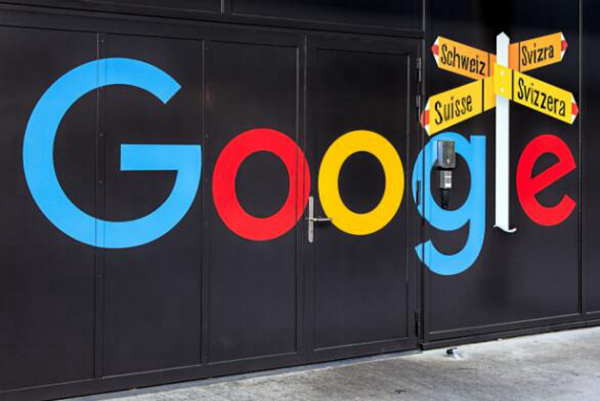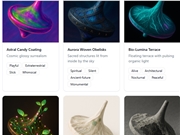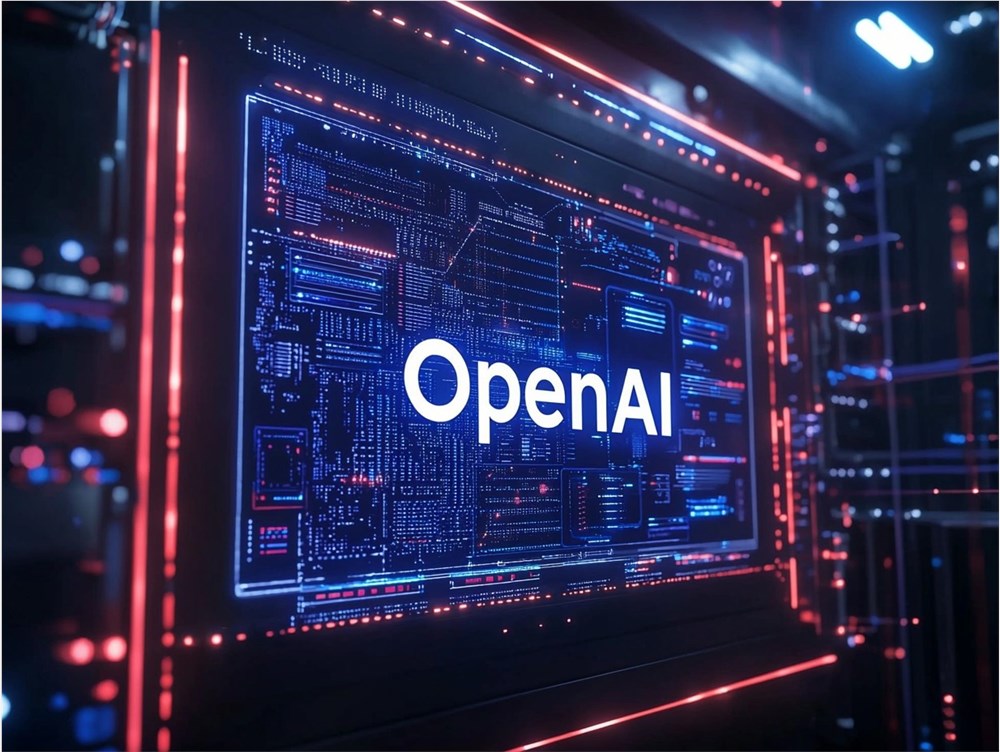For me, experimenting with AI has become a hobby and is also part of my work. Previously, I used AI to quickly find recipes, but this time, I decided to challenge myself and see if it could create a customized dinner plan for a week, taking into account whether I was cooking for myself and my wife or dining alone. I consider myself somewhat knowledgeable about cooking, although my skills are nowhere near those of my wife (her family has appeared on a TV show showcasing their culinary talents). Nevertheless, I was amazed by the new culinary possibilities opened up by AI (this time, ChatGPT), even though there were some "traps" to watch out for. Here are the results of my AI sous-chef's performance and how to avoid the pitfalls I encountered—give it a try!
I wanted to establish the entire week's menu before starting so that I could complete the shopping all at once. I described my and my wife's taste preferences to the AI. We adhere to kosher dietary laws, so I emphasized this, which means that the recipes cannot include ingredients like pork and shellfish, nor can meat and dairy be mixed.

I first tried using more specific recipe prompts to see how ChatGPT performed under strict parameters, and then I asked for suggestions without any specific requirements. The AI excelled in designing kosher dinners for two, including a chicken dish and a vegetarian dish using rice and seasonal vegetables. To further test it, I uploaded a picture from a cookbook as a visual reference. I was impressed by the AI's adaptability; it recommended dishes like herb-roasted chicken with honey-glazed carrots and potatoes, as well as spicy tomato sauce stuffed peppers with rice.
The chatbot even showed what it thought these dishes would look like on a plate without any prompts from me. They mostly looked appetizing, although sometimes the details were a bit off, like the chicken and carrots being hard to distinguish.
The AI performed exceptionally well in creating a diverse weekly meal plan. The recipe for herb-roasted salmon with couscous and asparagus was delightful. I had never attempted to make a citrus peel crust, but the instructions were clear, and we ended up finishing it completely. On a night when I dined alone, the AI guided me in making chicken shawarma wraps with tahini sauce and Israeli salad. The chatbot also provided some cooking and seasoning tips that made me feel warm even as the snowflakes fell outside.
Perhaps the most successful dish was the homemade mushroom risotto. This dish pushed my cooking skills to their limits, but the detailed step-by-step guidance helped me navigate the labor-intensive process, and the truffle oil and white wine made it look more sophisticated than it actually was. Small adjustments throughout the week significantly lightened the burden of washing dishes afterward.
Fortunately, another night featured a simple roasted vegetable platter with hummus and other dips, so I wasn't exhausted every evening. It's not that these recipes are hard to find, but the AI really made the process feel tailored to my preferences and overall schedule.
I committed to following every recipe provided by ChatGPT (except for any obvious poisons), but this almost led me to abandon the entire experiment the next day due to my inexperience resulting in a disastrous sweet potato curry. The description of a rich spiced dish sounded great, but I overlooked the excessive amount of Indian spice blend and chili powder the recipe called for. At the time, I even thought it was a bit much, but the success of the fish lulled me into complacency, so I went ahead with it. I enjoy spicy food, but after one bite, my taste buds went numb, and I couldn't speak for several hours. It might have been fine after scraping off the sauce, but the cooking time for the sweet potatoes was also off. When I bit into them, the sweet potato chunks scraped my mouth, and that was when the chili powder really kicked in.
I recovered, and everything seemed to improve until the last night when I thought a dairy-free baked macaroni and cheese sounded simple and fun. The AI clearly did not understand how plant-based cheese performs when baked. The result was a rough, unappetizing texture that made eating the whole dish feel like a chore. Even more disappointing was the AI's suggestion to mix tomato sauce with nutritional yeast, which resulted in a bland, oddly bitter flavor. It looked good right out of the oven, but the first bite let me know this was a failed attempt.
This experiment reinforced some of my views on AI in the kitchen, both its advantages and disadvantages. As of now, you can definitely use it as an assistant. But only as an assistant, not the final decision-maker. If you have specific ideas about the type of dish you want, clear and detailed prompts are crucial. But don't throw away your cookbooks. AI cannot replace human chefs in creating menus. You should trust your instincts and make adjustments when you think it makes sense. Maybe reduce the amount of chili powder or look up how to best use substitute ingredients. Nevertheless, wearing the chef's hat of ChatGPT for inspiration and cooking experimentation is definitely a good choice.










